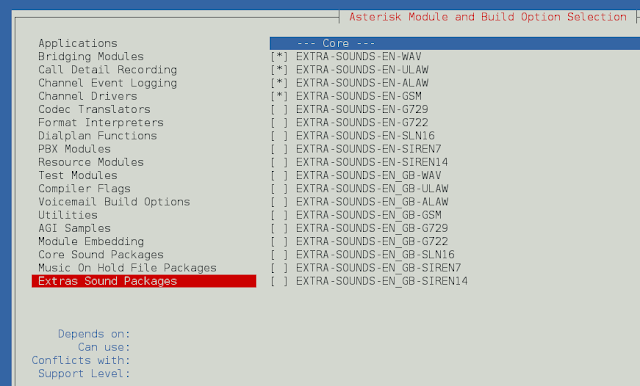In this article, we will discuss how to implement a Stack using list in C++ STL.
Stack is a linear data structure which follows. LIFO(Last In First Out) or FILO(First In Last Out). It mainly supports 4 major operations:
1. Push: Push an element into the stack.
2. Pop: Removes the element by following the LIFO order.
3. Top: Returns the element present at the top of the stack.
4. Empty: Returns whether the stack is empty or not.
Below is the implementation of the above approach:
C++
// C++ implementation of stack // using list STL #include <bits/stdc++.h> using namespace std; template <typename T> // templating it so that any data type can be used class Stack { public: list<T> l; int cs = 0; // current size of the stack // pushing an element into the stack void push(T d) { cs++; // increasing the current size of the stack l.push_front(d); } // popping an element from the stack void pop() { if (cs <= 0) { // cannot pop us stack does not contain an // elements cout << "Stack empty" << endl; } else { // decreasing the current size of the stack cs--; l.pop_front(); } } // if current size is 0 then stack is empty bool empty() { return cs == 0; } // getting the element present at the top of the stack T top() { return l.front(); } int size() { // getting the size of the stack return cs; } // printing the elements of the stack void print() { for (auto x: l) { cout << x << endl; } } }; int main() { Stack<int> s; s.push(10); // pushing into the stack s.push(20); s.push(30); s.push(40); cout << "Current size of the stack is " << s.size() << endl; cout << "The top element of the stack is " << s.top() << endl; s.pop(); // popping from the stack cout << "The top element after 1 pop operation is " << s.top() << endl; // printing the top of the stack s.pop(); // popping cout << "The top element after 2 pop operations is " << s.top() << endl; cout << "Size of the stack after 2 pop operations is " << s.size() << endl; return 0; } |
Current size of the stack is 4 The top element of the stack is 40 The top element after 1 pop operation is 30 The top element after 2 pop operations is 20 Size of the stack after 2 pop operations is 2
Time Complexity: O(1) for both push and pop operations in the stack.
Auxiliary Space: O(N)
Ready to dive in? Explore our Free Demo Content and join our DSA course, trusted by over 100,000 neveropen!




